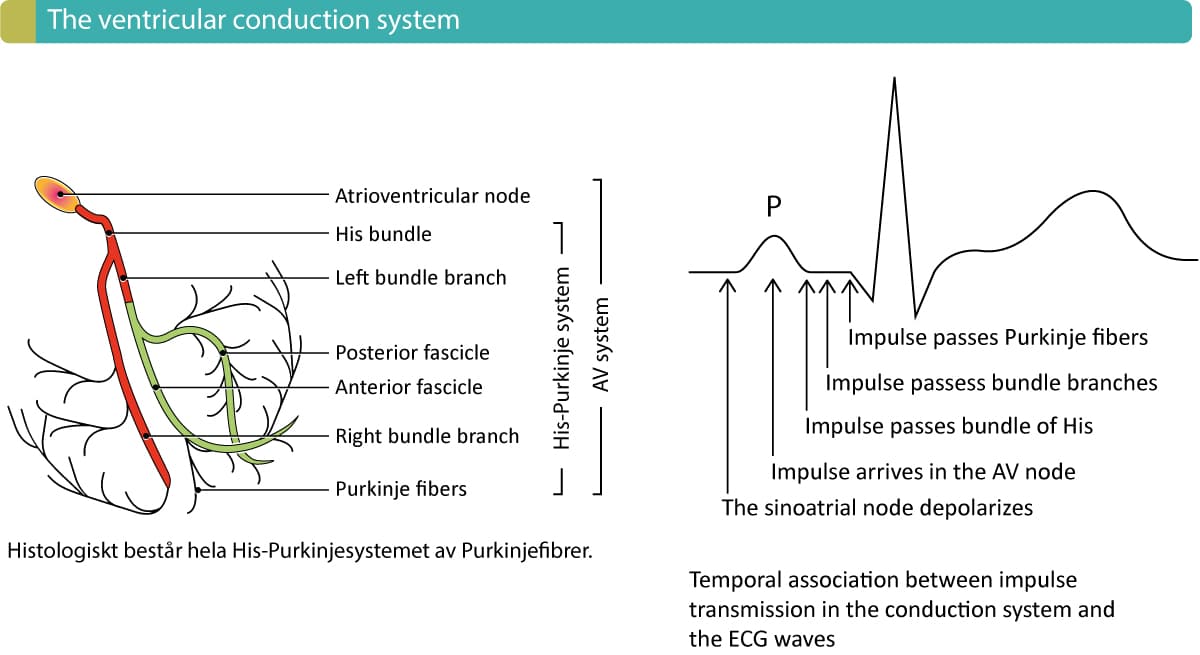

Echo contrast was then injected to visualize the area perfused by this artery on transthoracic echocardiography, and we observed that the high part of the interventricular septum showed selective contrast uptake ( figure 2E). Cold saline was selectively infused through this catheter, which resulted in transient AVB ( figure 1B). The left coronary artery was catheterized with a 3.5 EBU guide catheter and an angioplasty guidewire was advanced selectively to the AVN artery, advancing over it a 2.0 mm coaxial balloon catheter ( figure 2D). For this, selective infusions were performed: into the right coronary artery with no AVN artery identified, and into the left coronary artery, which showed a branch of the circumflex that appeared to course toward the anatomical area of the AVN ( figure 2B,C). It was decided to attempt alcohol ablation of the AVN artery. Since His bundle activation was not recorded, 50W applications were delivered guided exclusively by anatomy and electrograms, without success ( figure 2A). A repeat attempt was made at AVN ablation via a right retrograde aortic approach, with Ensite Precision (Abbott) electroanatomical mapping, using an irrigated tip catheter with a contact sensor and a deflectable sheath. She was admitted again with palpitations and dyspnea and was found to have atypical flutter with rapid ventricular response ( figure 1A). During admission, a synchronized pacemaker was implanted and AVN ablation was attempted but failed. She had been admitted to hospital 1 year prior due to permanent nonvalvular atrial fibrillation poorly controlled on drug therapy. We present the case of an 82-year-old woman, with hypertension, diabetes, and a previous inferior infarct treated with angioplasty of the circumflex artery, with a left ventricular ejection fraction of 47%. 4 However, with the development of catheter ablation techniques, alcohol ablation fell into disuse. 3 Other groups confirmed the safety and efficacy in short patient series, albeit with success rates limited to 72%. 1Īlcohol ablation of the AVN artery was first described in 6 patients, 2 after confirmation of transient atrioventricular block (AVB) with a selective infusion of cold saline, as described by Brugada et al. However, in isolated cases, it does not work. Radiofrequency catheter ablation of the atrioventricular node (AVN) is the usual technique for rate control in patients with atrial fibrillation that is difficult to control with drug therapy, with positive results in up to 97% of patients.


 0 kommentar(er)
0 kommentar(er)
